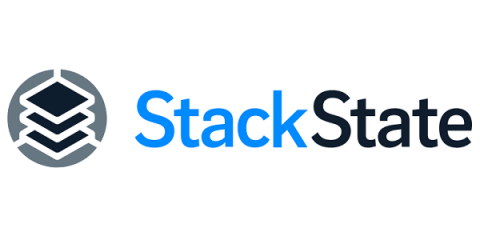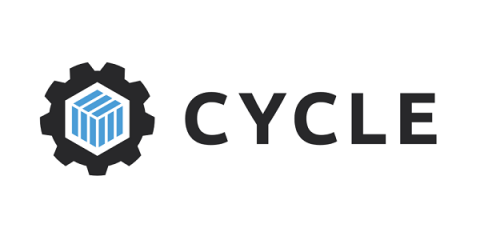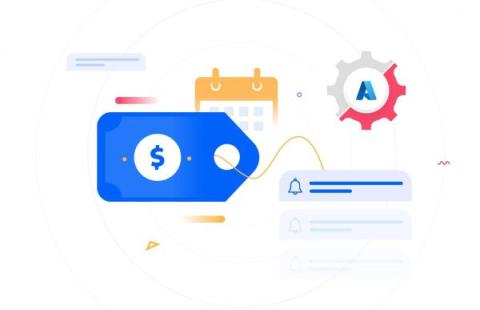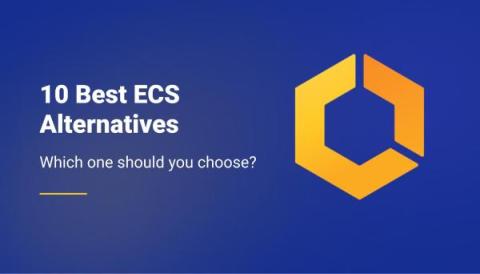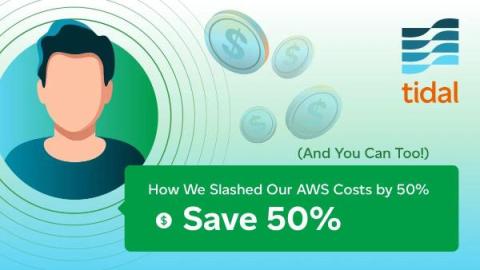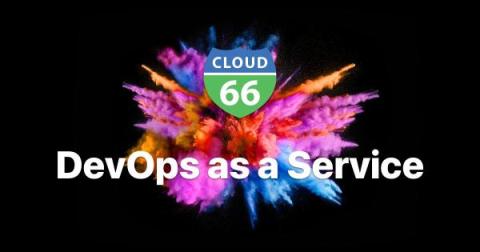Limit deployments to Platform.sh only when Git tagged: part two
In part one of this series, we covered how you could limit deployments to Platform.sh only when a tag is pushed/created, focusing primarily on using GitHub and the GitHub Actions platform to accomplish this goal. But we’re a polyglot PaaS and strive to be agnostic in our users’ source code management terms of the service. With that in mind, let’s look at how we can accomplish the same goal using GitLab and your CI/CD system. Just like last time, there are some assumptions to consider.



